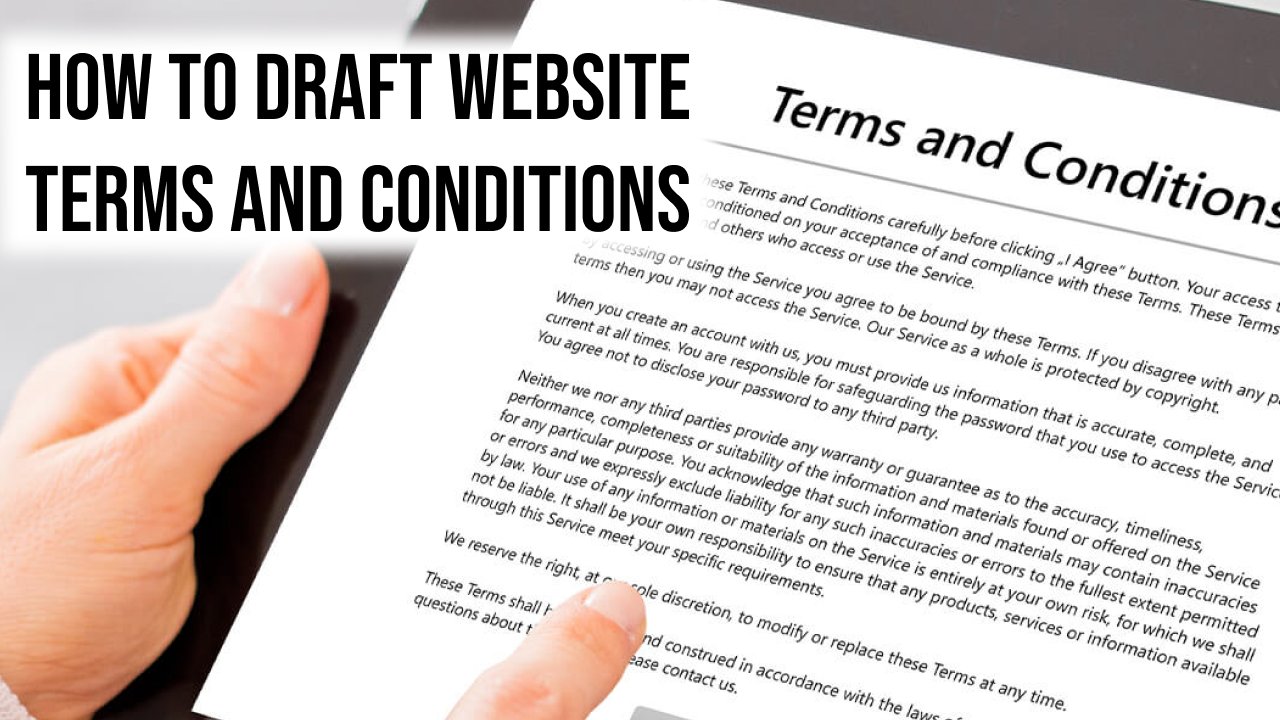Crafting Comprehensive Website Terms and Conditions: A Guide for Legal Soundness and User Clarity
This article provides an in-depth exploration of the crucial process of drafting website terms and conditions. In an era where digital interactions are ubiquitous, the importance of clear, legally sound terms and conditions cannot be overstated. Covering key aspects such as user agreements, privacy policies, disclaimers, and intellectual property considerations, this guide aims to assist businesses and website owners in creating documents that not only protect their interests but also foster transparency and trust with users. By understanding the nuances of effective drafting, businesses can navigate the complex legal landscape and establish a solid foundation for their online presence.

Introduction:
As the digital landscape continues to expand, websites serve as the primary interface between businesses and users. Behind every successful website is a set of meticulously crafted terms and conditions that govern user interactions, protect the interests of the website owner, and establish the rules of engagement. This article serves as a comprehensive guide to navigate the intricacies of drafting website terms and conditions, ensuring legal soundness and user clarity.
1. Understanding the Essentials: User Agreements :
The cornerstone of website terms and conditions is the user agreement. This section explores the essential components of a user agreement, including acceptance mechanisms, user obligations, and the delineation of rights and responsibilities. Crafting a clear and enforceable user agreement lays the foundation for a positive user experience while safeguarding the website owner from legal disputes.
2. Privacy Policies: Safeguarding User Data :
With increasing concerns about data privacy, a robust privacy policy is indispensable. This section delves into the key elements of an effective privacy policy, addressing data collection, storage, and sharing practices. Ensuring compliance with relevant data protection laws and clearly communicating privacy practices builds trust with users and helps mitigate the risk of legal complications.
3. Disclaimers: Mitigating Legal Risks :
Disclaimers play a crucial role in managing legal risks and liabilities. This section examines the types of disclaimers that may be relevant to different websites, such as disclaimers of warranties, limitations of liability, and indemnification clauses. Crafting precise and comprehensive disclaimers helps set realistic user expectations and protects the website owner from potential legal challenges.
4. Intellectual Property Considerations: Protecting Online Assets :
Websites often involve the creation and use of intellectual property, including trademarks, copyrights, and proprietary content. This section explores how website terms and conditions can address intellectual property considerations, such as licensing agreements, copyright notices, and restrictions on the use of proprietary materials. Safeguarding intellectual property ensures the website's unique identity and content are protected from unauthorised use.
5. Accessibility and User-Friendly Language: Fostering Clarity :
Legal documents are often criticised for being dense and difficult to understand. This section emphasises the importance of making website terms and conditions accessible to a broad audience. Using plain language, organising content logically, and providing summaries can enhance user comprehension and encourage compliance.
6. Regular Updates and Compliance Checks: Staying Current :
The digital landscape is dynamic, and laws governing online activities are subject to change. This section stresses the need for regular updates to website terms and conditions to align with evolving legal requirements. Conducting periodic compliance checks ensures that the terms and conditions remain robust and effective in addressing current legal standards.
Conclusion:
In conclusion, the process of drafting website terms and conditions is a critical undertaking for businesses operating in the digital realm. A well-crafted set of terms and conditions not only protects the legal interests of the website owner but also fosters transparency, trust, and positive user experiences. From user agreements and privacy policies to disclaimers and intellectual property considerations, each component plays a vital role in shaping the legal and operational framework of a website.
As businesses navigate the complexities of the digital age, they must prioritize the clarity and legal soundness of their online agreements. By adhering to best practices in drafting website terms and conditions, businesses can establish a solid foundation for their online presence, mitigate legal risks, and build lasting relationships with users based on trust and transparency. In the ever-evolving digital landscape, the importance of staying abreast of legal developments and regularly updating website terms and conditions cannot be overstated, ensuring continued compliance and effectiveness in an environment of constant change.












